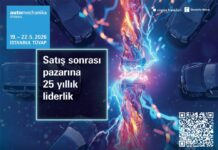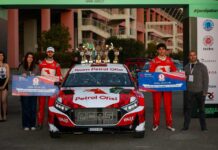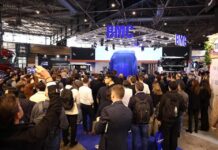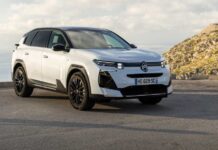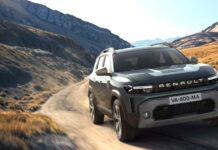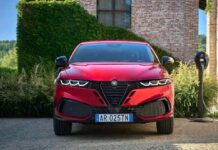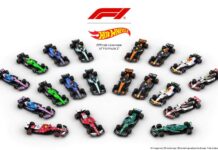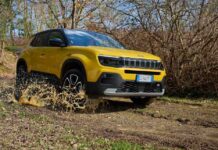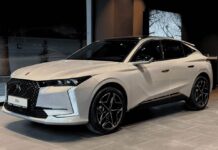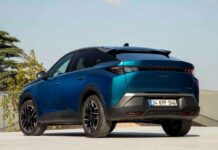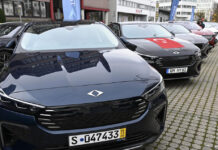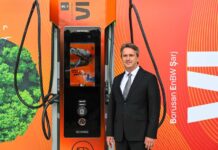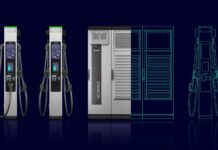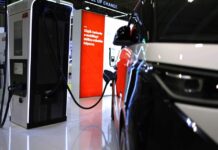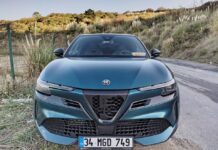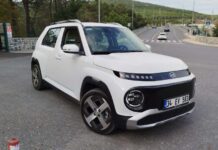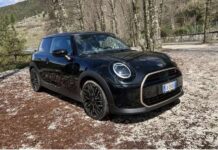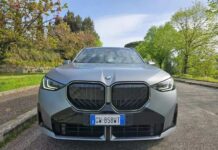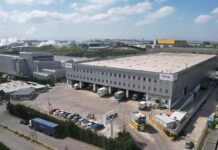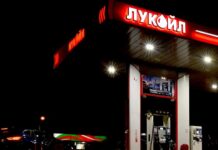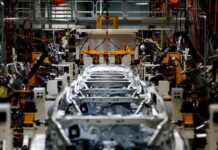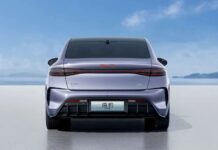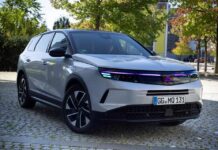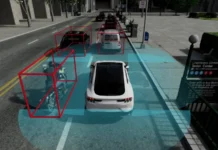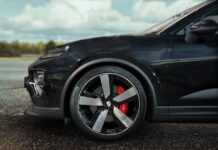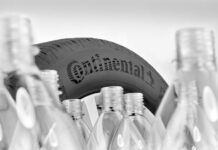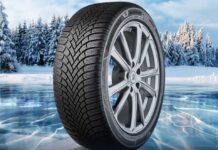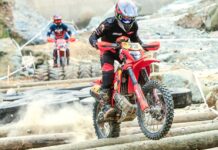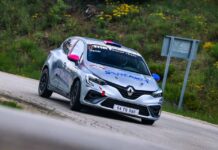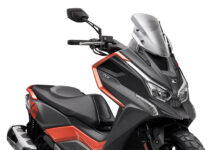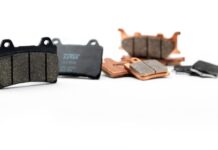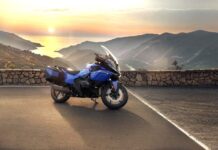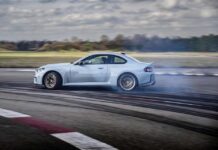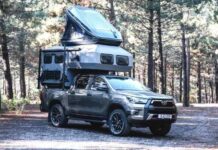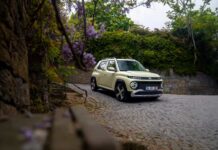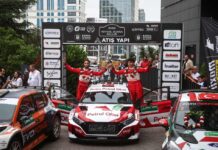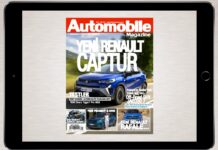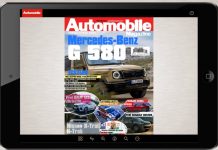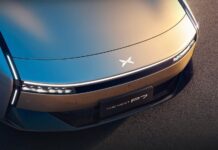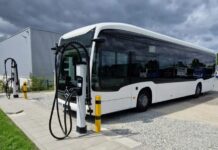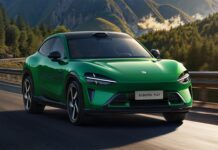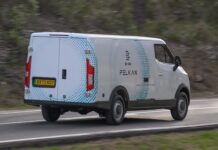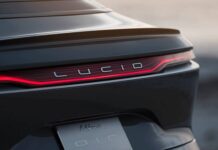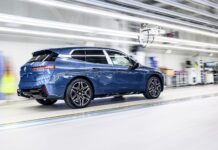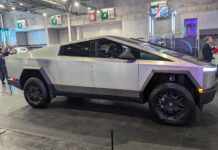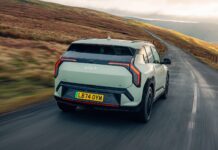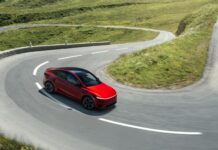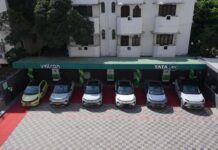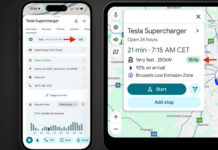To date, I have tested many different types of cars from almost every class; However, I did not get such reactions from any of the people I didn’t know. As I slowly crossed the cafes on the coast of Maltepe, I heard that the young girls in the surrounding area say “the moon is very cool” (not to me, Captur). A 35 -year -old man with a tie shirt descending from his car in the parking lot is also a 35 -year -old man who looked at Captur first and then to me with a smile and said, “Are you satisfied?” he asked Captur. I think he was plans to buy a “cool” car for him or his lover. That’s why I found the title of “Ice Crusher” for Captur.
It causes you to chat with people you don’t know on crowded streets or parking lots! In this, I am sure that the metallic tile red color also has a share in addition to the interesting body design, which is a slightly high hatchback. Somehow, Renault Captur manages to capture people’s gaze. In the black -colored ceiling of our test car, where personalization options are also used; There were convex triangular shapes with rounded edges, which resembled the forms in the alloy wheels and sprinkled with the interior of the car. In short, Renault wanted to create a cool city vibration that will appeal to those who seek different tastes and was successful in this. The new Renault face, which we are accustomed to seeing in the current passenger Renault models (make -up fluence, new clio, etc.), is immediately noticed in Captur: the black “baklava”, which surrounds the Renault emblem in the middle of the middle, starts from this baklava and reaches the headlights. In the corners of the front bumper, the sections framed by chrome bar, which also host fog lights and daytime headlights, have added both movement and strength to the front view of the vehicle. The front -wheel drive car seems to have cut the light terrain conditions in the eye. Black plastic bands surrounding the gaps of the wheels, the lower parts of the bumpers are also black plastic and protection bands decorated with thick chrome band at the bottom of the doors support this appearance. Instead of the wide glass surfaces that we are used to from French cars, the windows are a little narrower to support the strong appearance and satiety. I find the cars, where the front and rear doors are almost the same length, and the proportions are very successful in Captur, as in most Renault models.
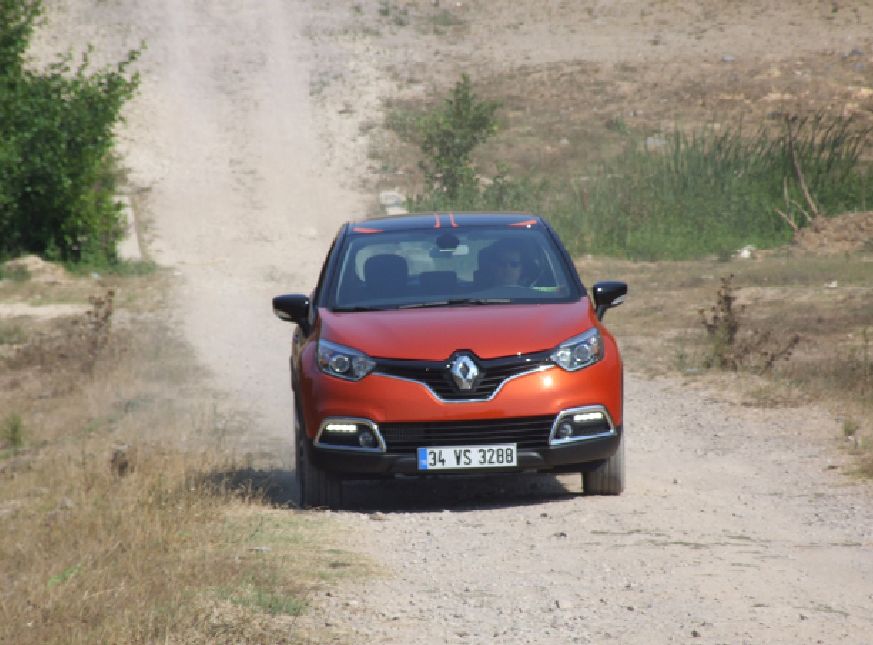
When the interior is moved, the courage shown in the exterior design is also moved. 3 colors dominated the interior of our test car: Matte dark gray used through the floor and the cockpit; In the seats, the contour surrounding the air conditioning and music system, the body color used in the eye of torpedo around the speakers at the bottom of the doors, and finally the Piano black is sprinkled to make the interior even decorated. Renault designers have designed a nice game in the interior and designed the soft pockets behind the front seats in the form of shoe laces with body color. In general, my only complaint about the easy -to -read indicators is the fuel indicator of the same size as the engine speed indicator! However, considering that this car was created as a “style” element; The indicators with motorcycle breeze will also get rid of the criticism. Although the typical French comfort seats provide adequate support, I would like to have an adjustable waist support like my first car Renault 21 Concorde. Captur is a compact class niche model in terms of general dimensions, so it should not be expected to expect a miracle in spite of the advantage of the interior. Especially the rear seats seem to require more frequent breaks on long journeys. The material I will criticize in the visually satisfactory cockpit. Now all manufacturers in almost every class use soft plastic throughout the cockpit and in the doors; This is much better quality both visually and in terms of touch. The plastic used in Captur visually gives the feeling of quality, it seems to be soft when you look at the dark gray matt plastic, but unfortunately completely hard! I think a car that will bring a brand new color to the market with an ambitious design and personalization options that will enable it to be completely separated from the like. I think it deserves better. In addition, although it adapts to the interior body color decorations, it is not pleasant that the metal frame of the front door is open in the vehicle.
Unfortunately, what I have to say about driving features is not as bright as what I say about design. First of all, as a Renault classic; The steering wheel is too numb. For the test, we used plenty of winding mountain roads from Istanbul to the surrounding districts. These roads are roads where the pleasure of using cars is at the peak; There is the possibility of constantly changing gear and playing plenty with the steering wheel, and the car’s steering shows itself on this type of trails. The steering wheel, which is clearer and clean than Japanese cars, still does not have a German sensitivity. You may feel the advantage of excessive softness, especially in parking maneuvers, but it should not be forgotten that such a soft steering is scattered.
The pedals are soft and comfortable, but the dosage of the brake pedal is a bit difficult, if the accelerator pedal is extremely long stroke (pedal stroke: total distance between pedal not printed and fully printed positions) caused the feeling that I was constantly pressing the gas.
However, these are the details of the habit, which has no negative impact on driving. The real problem I found in this car is about the automatic transmission. Whether you are in the departure or intermediate acceleration; The gearbox reacts to an average of 1-1.5 seconds delayed orders by the accelerator pedal. For example, when you take the gear lever to D and pull your foot off the brake, you may have to wait up to 2 seconds to have a movement in the vehicle. Or it takes 1-2 seconds for the transmission to Kickdown when you give sudden gas during the overtaking. Likewise, let’s say you took the transmission manual; If you want to shrink the gear and slow down the car with compression when you go downhill, it becomes a gap as if you have stepped on the clutch in a manual gear. The power and attraction of the 1.2 -liter dwarf engine is sufficient thanks to the turbo, but it is immediately felt that the engine remains weak in compression. During the 2 -day test drives, I can say that the driving features are a little more enjoyable after getting used to the long stroke of the accelerator pedal and getting to know the engine a little more: Although question marks occur due to volume, it definitely deserves the title of “sufficient”. The most positive point about the engine is the work character. As if the engine is not physically connected to the car, no vibration is not felt, just a very light and quite naive sound comes from the front. From the moment it exceeds 50-60 km per hour, that sound is also curtain by the road noise. A troubled point about Captur: On the Albanian pavement or stone -paved roads, a very disturbing sound from the tailgate – as if an engine is working – I hope that it will be unique to our test vehicle. Because Captur, with its current design and style; It will suit the coastal towns where boutique hotels are located or the Aegean villages close to the sea, and there are plenty of Albanian pavements in Yerşeim places. In conclusion; Renault’s success with his partner, Nissan, must have raised his appetite Renault, which was not delayed to enter this “niche olan, which is still secluded. This entrance, both style and attention attraction in a car that will easily meet the expectations. However, I think Captur deserves much more than what is available in driving pleasure. I hope Renault will improve Captur’s 2nd phase production, so that the car’s chances in the market will increase.
Author-Gökçer Alp
Test Drive | Ozgur Sunay




